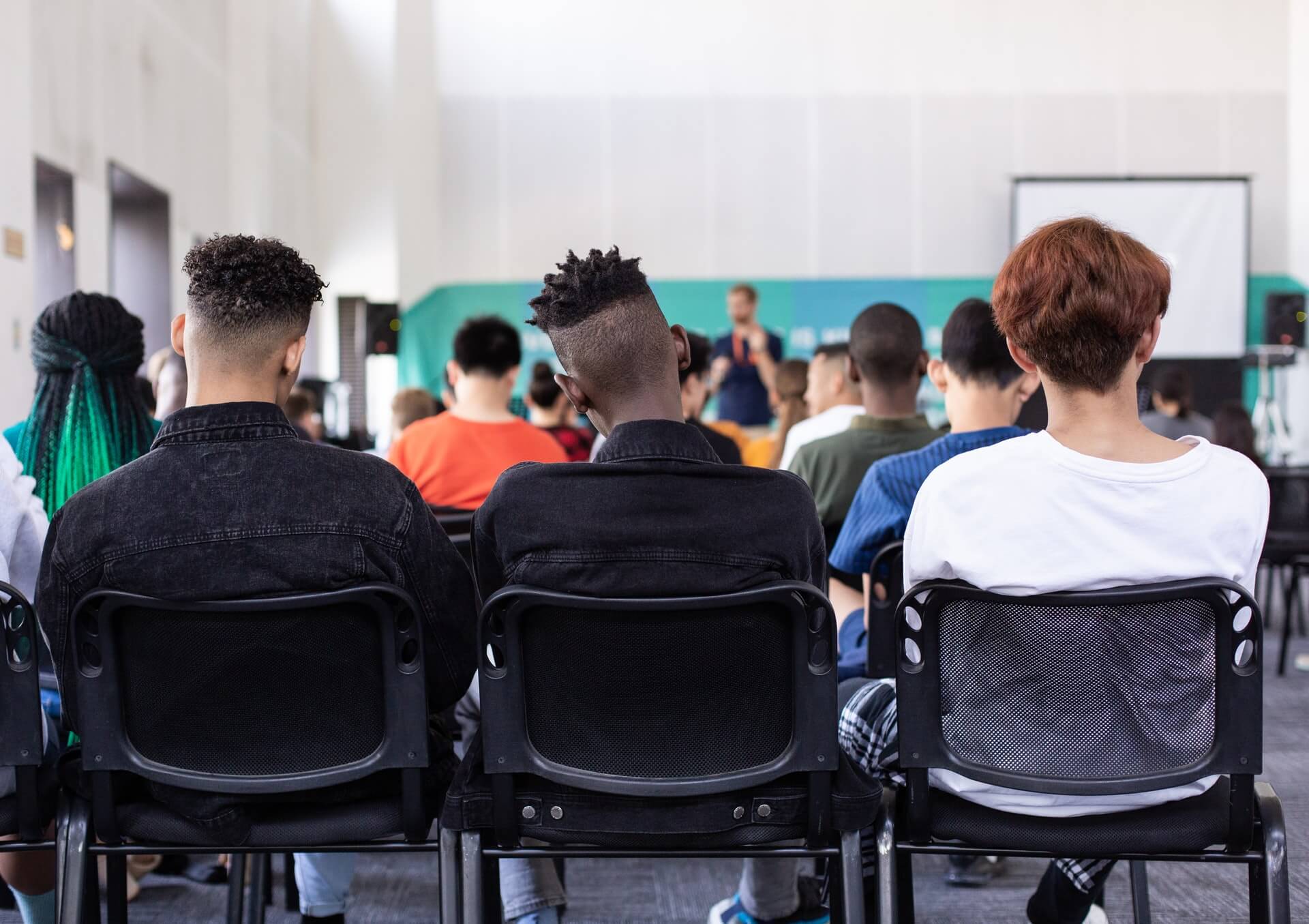Six High School Transformation Tips for District Leaders
The deep work of educational change often takes place at the individual school level. While the…

The deep work of educational change often takes place at the individual school level. While the school itself is a powerful unit for change, the systems that support them must prioritize transformation as well. This has never been more important, or more possible, than right now.
The federal COVID relief funds for education represent a once-in-a-generation surge in federal education funding. While these dollars are likely being spent on tutoring and other interventions to remediate the impacts of school building closures, we must not let the continued short-term demands of the pandemic prevent us from making long-term investments in the future of public education.
How can districts begin the work of high school transformation?
In addition to working with individual schools, XQ partners with districts and states to transform high schools into more rigorous and engaging places where all learners can reach their full potential and graduate ready for college or work. Here are some ways districts can support high school transformation based on our work.
- Start with students. Teachers and school leaders have a good grasp of the student experiences within their schools, but that isn’t typically the case across the district. Create ways for students to share with one another and with adults across buildings. We suggest a range of opportunities from surveys to focus groups, as well as invitations to speak at school board meetings and innovative ideas like student challenges.
- Meet the community where they are. Transformation can’t be top-down. After hearing from students about their perspective, be sure to engage families, educators, local community members, employers, and more. It’s important to meet people where they are. Attend existing community events. Hold virtual and safe in-person activities. Get creative—like bringing the conversation about high school transformation to a local arts festival.
- Get inspired by current leaders in high school transformation. Learn from the innovators who have already started their journey. For example, Washington DC’s public school system started a design lab in 2018 to help school leaders reimagine their schools. This led to the redesign of Anacostia High School and Ballou High School, and DCPS even developed a playbook on how they approached those two schools. In NYC, the school system is also leading transformation through a design lab and providing schools with design opportunities that can be shorter “boosts” or longer “sprints.” Another example is XQ+RI, a powerful partnership to prioritize high school transformation as a level for systemic change across the entire state of Rhode Island.
- Find an organization aligned with your district’s vision. In addition to XQ, several organizations like The Digital Promise League of Innovative Schools and Education Reimagined offer districts a range of support from grants to mission-aligned professional learning communities. Do your research, make some connections, and find an organization that understands the unique needs of your community.
- Use the resources available to you. While we believe that high school transformation must be community-led and student-centered, that doesn’t mean that each district must start from scratch. For example, check out the XQ Design Principles and XQ Learner Outcomes to initiate a conversation about the vision for high school change in your district.
- Keep equity at the core. Regardless of the specific path you take, keep equity across the district as your north star. Improvements should not just benefit the same students who the system already benefits. If you do the work upfront to understand the experiences of students, families, educators, and leaders across the district, you can ensure all decisions made along your transformation journey speak to these diverse needs of all students. This work is necessary and possible.
Learn more and get involved:
- Sign up for Give Me Five—our bi-weekly newsletter with resources to support transformation.
- Learn more about federal COVID relief funds in your state, including the policy recommendations to support high school transformation leveraging these dollars.

Author: Ursulina Ramirez, is chief program officer for XQ where she lead’s XQ’s program implementation strategy with school systems. Prior to joining XQ, Ursulina served as chief operating officer at the New York City Department of Education. Ursulina was instrumental in creating policy and programs that help all NYC public school students achieve success, including the expansion of Pre-k for All, reenvisioning of the DOE’s discipline code, and the modernization of DOE’s pupil transportation.









